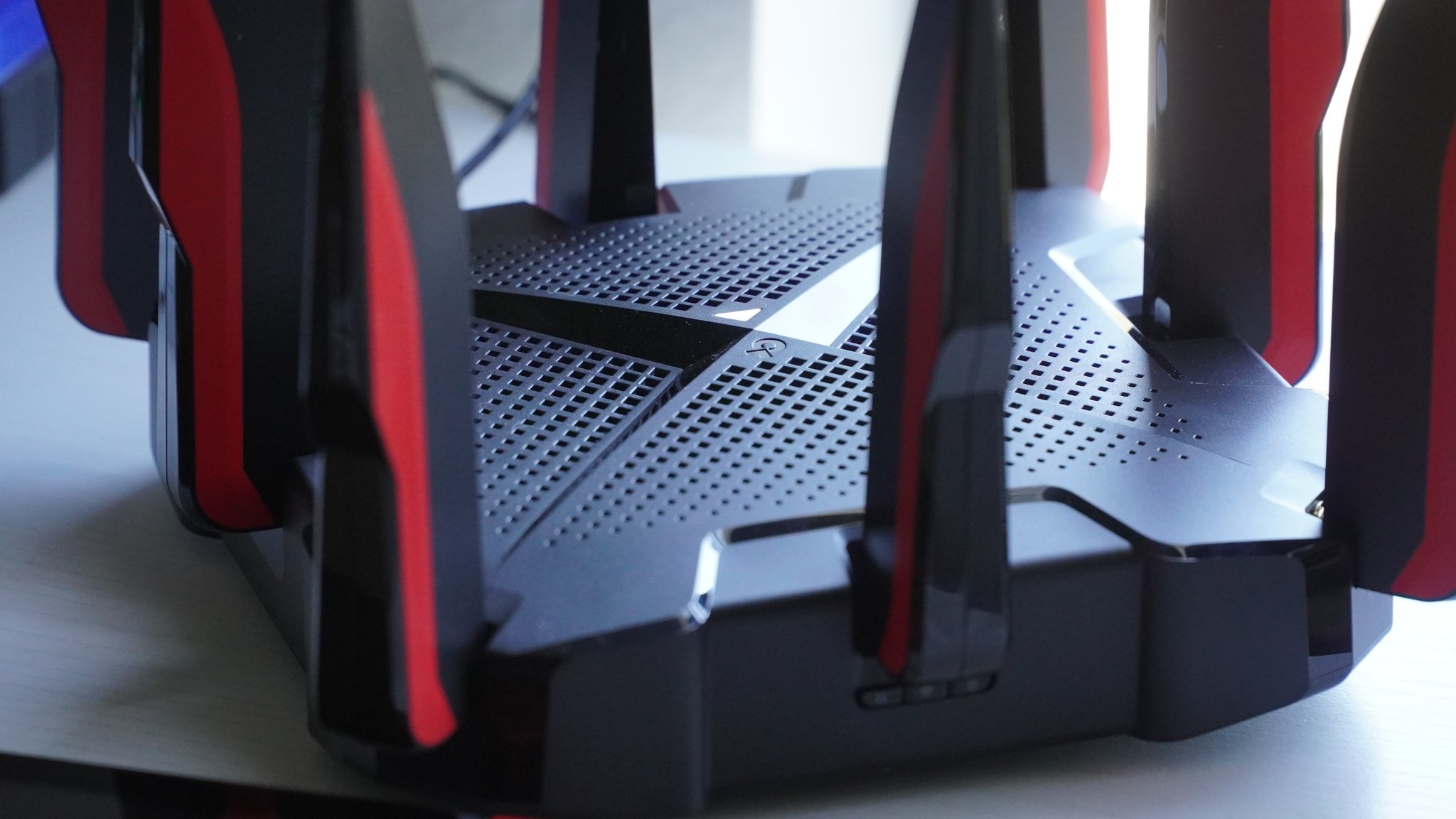Do you need a tri-band Wi-Fi 6 router?

Best answer: No, but if you live in a congested area or have a lot of devices, a tri-band router can keep speeds more consistent across multiple devices.
Do you need a tri-band router?
A dual-band router uses a 2.4GHz band paired with one at 5GHz. On the other hand, a tri-band router can help by making use of an additional 5GHz or 6GHz band to add more capacity or by spreading the load. For the most part, a lower 5.2GHz, 5.8GHz, or 5GHz DFS band in the middle will be used. While this gives your router a lot of flexibility to find the least populated band, there can still be a lot of congestion at each frequency in many areas like apartment buildings.
Most Wi-Fi routers will be able to find the best possible bands to use quickly, and if everything goes as planned, you should never notice the change. With many of the best Wi-Fi 6 routers adopting wide 160MHz band support and new devices beginning to take advantage of it, there's a good chance your entire household can get connected to a single band without giving up any speed.

The ROG Strix GS-5400 as an example managed to keep up with a gigabit connection on a 160MHz Zenfone 8 while delivering over 500Mbps comfortable to 80MHz devices.
Still, your Wi-Fi is a shared resource, and being able to spread the load across multiple bands gives you the best chance of consistent performance with a lot of simultaneous connections. The TP-Link Archer GX90 takes this a bit further by keeping a wide 160MHz-capable band and adding another slower band for lower-priority devices like smartphones and streaming boxes. On this router, TP-Link suggests using the broader band for gaming devices to ensure as much bandwidth as needed instantly. You can even give the bands a different password which can be a lifesaver if you share your Wi-Fi with heavy users while gaming.
Other tri-band routers can unify all bands under a single Wi-Fi name, so you can connect to your network and let the router and device negotiate the best possible connection behind the scenes. As long as you stay away from speed tests, this hands-off approach should provide plenty of speed for everything from 4K streaming to browsing.
Get the latest news from Android Central, your trusted companion in the world of Android
It comes down to the level of congestion in your area and the number of connected devices.
Mesh Wi-Fi works better with an extra band
Many of the best Wi-Fi 6 mesh systems have tri-band connections. This is down to the mesh nodes needing to communicate with one another wirelessly. While a fast dual-band mesh system can work, it's best if your nodes can utilize an entire band with another leftover for your devices. Some mesh systems, like Netgear's tri-band Orbis, use a dedicated band for the mesh connection to maintain a stable connection despite the load on remote nodes, while some others are a bit more flexible. For example, an Eero Pro and Eero may be used in the same mesh system despite the former being tri-band and the latter only being dual-band.

When Samuel is not writing about networking or 5G at Android Central, he spends most of his time researching computer components and obsessing over what CPU goes into the ultimate Windows 98 computer. It's the Pentium 3.


